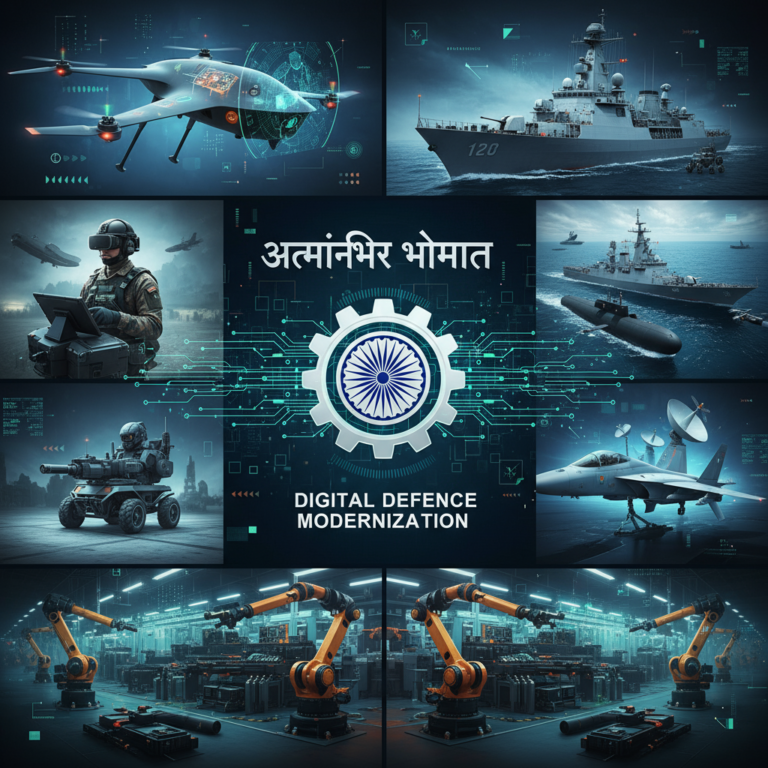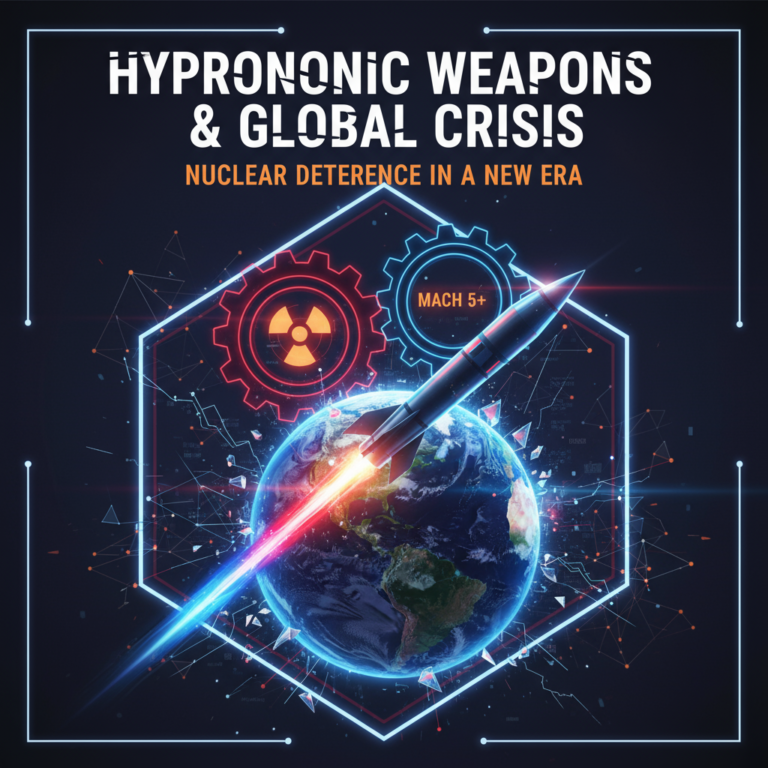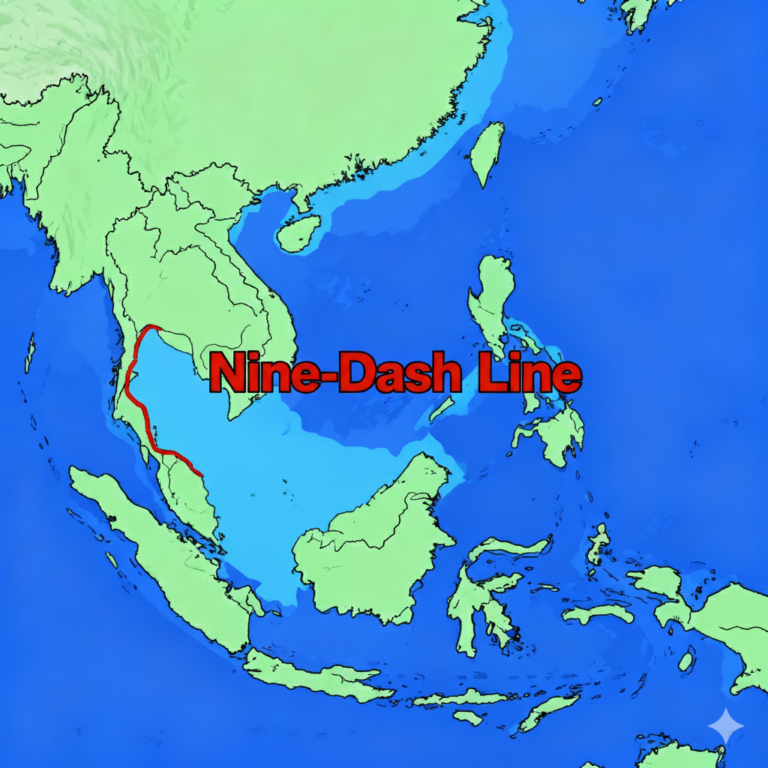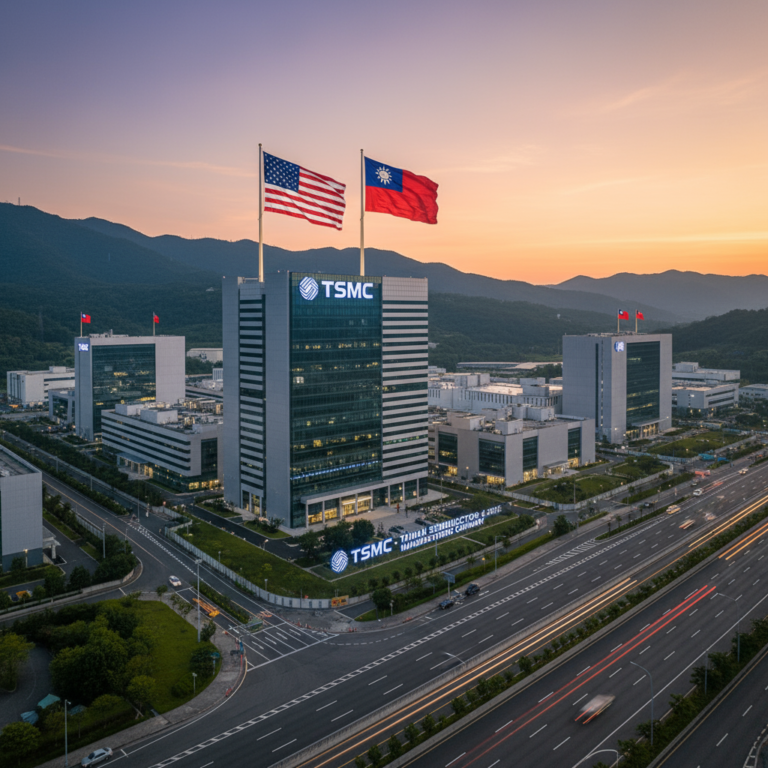Introduction
“While all rights are available to citizens, persons including foreign citizens are entitled to the right to equality and the right to life, among others.” This landmark observation by the Supreme Court in National Human Rights Commission v State of Arunachal Pradesh (1996) encapsulates one of India’s most complex constitutional dilemmas. How does a nation that constitutionally guarantees fundamental rights to all “persons” reconcile this with the practical reality of having no dedicated refugee law?
India hosts over 209,028 refugees according to the National Human Rights Commission’s 2024 report, yet paradoxically lacks specific legislation governing their protection. This legal vacuum creates a fascinating constitutional puzzle where refugee rights exist in judicial interpretation but remain vulnerable to administrative discretion.
Background and Historical Context
The Legislative Lacuna
India’s refugee protection framework represents a unique constitutional anomaly. Despite being home to refugees for centuries—from Zoroastrians fleeing Iran to Tibetans escaping Chinese occupation—India has deliberately avoided enacting refugee-specific legislation. This absence stems from strategic considerations rather than constitutional limitations.
The Foreigners Act 1946, enacted before independence, remains the primary legal instrument governing non-citizens. The Act defines a foreigner simply as “a person who is not a citizen of India,” making no distinction between tourists, migrants, or refugees. Section 9 places the burden of proving citizenship on the individual, creating particular hardships for stateless populations.
Constitutional Architecture for Refugee Protection
India’s constitutional framework provides indirect but substantial protection for refugees through three key provisions:
Article 14 (Right to Equality): Extends to all “persons” within Indian territory, explicitly including non-citizens. This creates equal protection obligations regardless of citizenship status.
Article 21 (Right to Life and Personal Liberty): The Supreme Court has consistently held this applies to all persons, not just citizens, creating positive obligations for state protection.
Article 51(c) (International Obligations): Though a Directive Principle, it mandates the State to “foster respect for international law and treaty obligations”, providing constitutional basis for international humanitarian principles.
The 1951 Convention Dilemma
India’s non-ratification of the 1951 Refugee Convention and 1967 Protocol creates unique legal challenges. Unlike signatory nations bound by specific refugee protection obligations, India maintains flexibility in refugee recognition while potentially violating customary international law principles.
Core Analysis: Multiple Constitutional Perspectives
Legal Perspective: Judicial Evolution of Refugee Rights
Indian judiciary has creatively interpreted constitutional provisions to fill legislative gaps. The evolution shows three distinct phases:
Progressive Phase (1990s-2000s): High Courts led protection expansion. In K.A. Habib v Union of India (1999), Gujarat High Court held that non-refoulement principle was “encompassed in Article 21” and refugees must be protected “as long as their presence in India is not prejudicial to national security”.
Consolidation Phase (2000s-2010s): Supreme Court established consistent precedent. In State of Arunachal Pradesh v Khudiram Chakma (1994), the Court clarified that while Article 21 protects refugee life and liberty, it doesn’t include settlement rights reserved for citizens.
Restrictive Phase (2020s): Recent Supreme Court orders show concerning retreat. In Mohammad Salimullah v Union of India, the Court controversially linked non-refoulement to Article 19(1)(e) citizenship rights, effectively denying protection to non-citizens.
Administrative Perspective: Ad-hoc Policy Implementation
India’s refugee administration operates through discretionary decision-making rather than systematic legal framework. The government differentiates between refugee groups based on foreign policy considerations:
Favored Groups: Tibetan refugees receive long-term accommodation cards and livelihood support. Sri Lankan Tamil refugees enjoy relatively stable status with camp-based assistance.
Disfavored Groups: Rohingya Muslims face systematic exclusion despite UNHCR recognition. Myanmar nationals post-2021 coup face uncertain status despite humanitarian crisis.
Policy Instruments: Standard Operating Procedures (SOPs) for specific groups provide administrative guidance but lack legal enforceability, creating vulnerability to policy changes.
International Law Perspective: Customary Obligations
Despite non-ratification, India faces binding obligations under customary international law. The non-refoulement principle enjoys customary status, making it applicable regardless of treaty ratification.
Binding Instruments: India is party to International Covenant on Civil and Political Rights (ICCPR) and Convention on Rights of the Child (CRC), both containing non-refoulement obligations.
Article 51 Implications: Constitutional obligation to respect international law creates domestic enforceability of customary principles through judicial interpretation.
Security Perspective: National Interests vs Human Rights
The absence of refugee law serves strategic purposes, allowing flexibility in managing cross-border populations. However, this creates security vulnerabilities through lack of systematic screening and integration mechanisms.
Threat Assessment: Government positions Rohingya refugees as security threats, citing potential militant connections. Similar concerns arise with other border-crossing populations.
Administrative Efficiency: Absence of legal framework hampers proper documentation, creating administrative challenges and potential for exploitation by both refugees and authorities.
Current Developments and Judicial Trends
Supreme Court Jurisprudence Evolution
Recent Supreme Court orders reveal troubling erosion of refugee protection principles. The Mohammad Ismail v Union of India (2025) case exemplifies this regression. Despite evidence of forced deportations, the Court dismissed petitions as “fanciful stories” and refused to halt future deportations.
Key Problematic Aspects:
- Court questioned UNHCR refugee status determination
- Failed to apply non-refoulement principle despite international recognition
- Accepted government security arguments without independent verification
High Court Resistance
Several High Courts maintain progressive stance despite Supreme Court retreat. Manipur High Court in Nandita Haksar v State of Manipur allowed Myanmar citizens to approach UNHCR, holding that non-refoulement “can prima facie be read into Article 21”.
Manipur Border Crisis: Following 2021 Myanmar coup, over 77 refugees were forcibly returned despite escalating conflict. International Commission of Jurists termed this a violation of non-refoulement obligations.
Citizenship Amendment Act Impact
The CAA 2019 creates religion-based refugee categories, fundamentally altering India’s secular approach to refugee protection. The Act provides expedited citizenship to Hindu, Sikh, Buddhist, Jain, Parsi, and Christian minorities from Afghanistan, Bangladesh, and Pakistan while excluding Muslims.
Constitutional Challenges: The Act faces Article 14 violation charges for religious discrimination. Critics argue it undermines constitutional secularism and creates hierarchical refugee categories.
Implementation Challenges: CAA Rules 2024 require extensive documentation many refugees cannot provide, potentially excluding legitimate beneficiaries.
International Comparative Analysis
Neighboring Countries
Bangladesh: Despite hosting over one million Rohingya refugees, lacks comprehensive refugee law but provides temporary protection through administrative measures.
Pakistan: Similar to India, relies on administrative discretion but has developed more systematic UNHCR cooperation mechanisms.
Sri Lanka: Has draft refugee legislation pending, showing regional movement toward formal frameworks.
International Standards
The 1951 Convention establishes minimum protection standards India informally follows but cannot be legally compelled to maintain. Key gaps include:
Status Determination: Absence of formal procedures leaves refugee recognition to executive discretion.
Rights Protection: No guaranteed access to education, healthcare, or livelihood opportunities.
Documentation: Lack of legal identity documents hampers access to basic services.
Way Forward: Comprehensive Reform Framework
Short-term Measures (2025-2027)
Judicial Clarification: Supreme Court must resolve conflicting precedents on Articles 14 and 21 applicability to refugees. The pending Mohammad Salimullah case provides opportunity for definitive ruling.
Administrative Standardization: Government should issue comprehensive SOPs covering all refugee populations, ensuring uniform treatment principles regardless of origin country.
Documentation Reform: Establish temporary protection documents valid across all states, enabling access to basic services while asylum claims are processed.
Medium-term Reforms (2027-2030)
Legislative Framework: Draft comprehensive refugee legislation incorporating international best practices while addressing Indian security concerns. The law should:
- Define refugee status consistent with international standards
- Establish fair and efficient status determination procedures
- Guarantee basic rights during asylum process
- Provide clear integration pathways for recognized refugees
Institutional Development: Create specialized refugee courts and administrative bodies with trained personnel understanding international refugee law.
Capacity Building: Train judicial officers, administrative staff, and law enforcement in refugee protection principles and human rights law.
Long-term Vision (2030-2035)
Regional Leadership: Position India as South Asian refugee protection leader through regional cooperation frameworks and burden-sharing arrangements.
1951 Convention Ratification: Consider accession with appropriate reservations addressing specific Indian concerns while ensuring core protection obligations.
Integration Policies: Develop systematic integration programs for long-term refugees, including access to education, healthcare, and livelihood opportunities matching India’s development goals.
Constitutional Imperatives and Judicial Responsibility
Article 21 Expansive Interpretation
The Supreme Court must return to expansive Article 21 interpretation established in Maneka Gandhi v Union of India. Personal liberty’s “widest amplitude” necessarily includes protection from refoulement to persecution.
Life with Dignity: Article 21’s evolution toward dignified life standard requires protection of refugees’ basic human needs, not mere biological existence.
Procedural Safeguards: Due process requirements demand fair hearings before any deportation decision, with judicial review availability.
Article 14 Equal Protection
Equal protection principles require rational classification in refugee treatment. Current ad-hoc policies violate equality by providing different treatment to similarly situated refugee groups based on political considerations.
Reasonable Classification: Any differential treatment must be based on intelligible differentia with rational nexus to legitimate state objectives.
Non-Discrimination: Religious or ethnic-based exclusions from protection violate Article 14’s core equality guarantee.
Article 51 International Obligations
Though non-justiciable, Article 51 creates moral and political obligations for respecting international law. Courts can invoke this principle in interpreting other constitutional provisions.
Treaty Respect: Even non-ratified conventions can inform constitutional interpretation when they reflect customary international law principles.
Global Citizenship: Article 51’s vision of international peace requires India’s active participation in global humanitarian protection systems.
Challenges and Practical Constraints
Resource Constraints
India’s developmental priorities create legitimate concerns about resource allocation for refugee protection. With significant domestic poverty, extensive refugee rights may face political resistance.
Burden-Sharing: International community must provide adequate support for refugee-hosting countries to ensure sustainable protection systems.
Economic Integration: Allowing refugee employment can address both protection needs and economic contribution concerns.
Federal Structure Complications
India’s federal structure creates implementation challenges when refugee populations are concentrated in specific states.
State-Center Coordination: Clear division of responsibilities between central and state governments necessary for effective protection.
Inter-state Movement: Refugees’ freedom of movement within India requires coordination mechanisms preventing jurisdictional gaps.
Social Integration Issues
Local community resistance to refugee settlement can create protection challenges requiring careful management.
Cultural Sensitivity: Protection programs must consider both refugee needs and local community concerns.
Long-term Planning: Protracted refugee situations require sustainable integration strategies beyond temporary assistance.
Conclusion
India’s refugee protection paradox reflects deeper tensions within constitutional democracy between idealistic constitutional values and pragmatic political considerations. The absence of refugee legislation creates a constitutional anomaly where rights exist in theory but remain vulnerable in practice.
The Supreme Court’s recent retreat from progressive refugee jurisprudence represents a concerning departure from constitutional principles. Articles 14 and 21’s explicit extension to all “persons” demands consistent protection regardless of citizenship status. The Court’s artificial distinction between life protection and deportation immunity undermines Article 21’s foundational guarantee.
India’s position as an emerging global power requires alignment between constitutional values and international obligations. Article 51’s directive to respect international law cannot remain merely aspirational when human lives are at stake. The non-refoulement principle’s customary status makes it binding regardless of treaty ratification.
The path forward requires judicial courage, legislative wisdom, and administrative competence. The Supreme Court must clarify constitutional protection scope for refugees. Parliament should enact comprehensive refugee legislation balancing humanitarian obligations with security concerns. The executive must develop systematic policies replacing current ad-hoc approaches.
India’s civilizational heritage of providing refuge to persecuted populations demands constitutional fulfillment in modern times. The challenge lies not in determining whether refugees deserve protection—the Constitution answers that definitively—but in creating legal frameworks ensuring such protection is consistently available.
As competitive examination aspirants grapple with these complexities, they must understand that refugee protection transcends technical legal questions. It reflects fundamental choices about national character, constitutional values, and India’s role in the global community. The resolution of India’s refugee paradox will significantly influence how history judges India’s constitutional democracy.
GS-II (Governance and International Relations) Linkages
Constitutional Framework: Understanding fundamental rights applicability to non-citizens demonstrates constitutional law mastery essential for governance questions.
International Relations: India’s refugee policy reflects broader foreign policy considerations, particularly with neighboring countries and global humanitarian commitments.
Judicial Review: Supreme Court’s role in protecting minority rights showcases separation of powers and constitutional democracy principles.
GS-III (Security Challenges) Perspectives
Border Management: Refugee influxes create security challenges requiring balanced approaches between humanitarian obligations and national security.
Internal Security: Integration failures can create radicalization risks, while protection denial may violate constitutional values.
Human Trafficking: Absence of legal frameworks facilitates exploitation of vulnerable populations.
Essay Writing Dimensions
Rights vs Security: Eternal tension between individual rights and collective security finds concrete expression in refugee protection dilemmas.
Rule of Law: Constitutional principles versus administrative convenience showcases rule of law challenges in developing democracies.
Humanitarian Values: India’s civilizational ethos of Vasudhaiva Kutumbakam conflicts with narrow nationalist approaches to refugee protection.
Mains Questions
- “Analyse the implications of India not having a national refugee law, especially in light of its obligations under international law and its constitutional provisions.”
- “Discuss how the Indian judiciary approaches the distinction between refugees and illegal immigrants, with specific reference to the Rohingya cases.”









+ There are no comments
Add yours